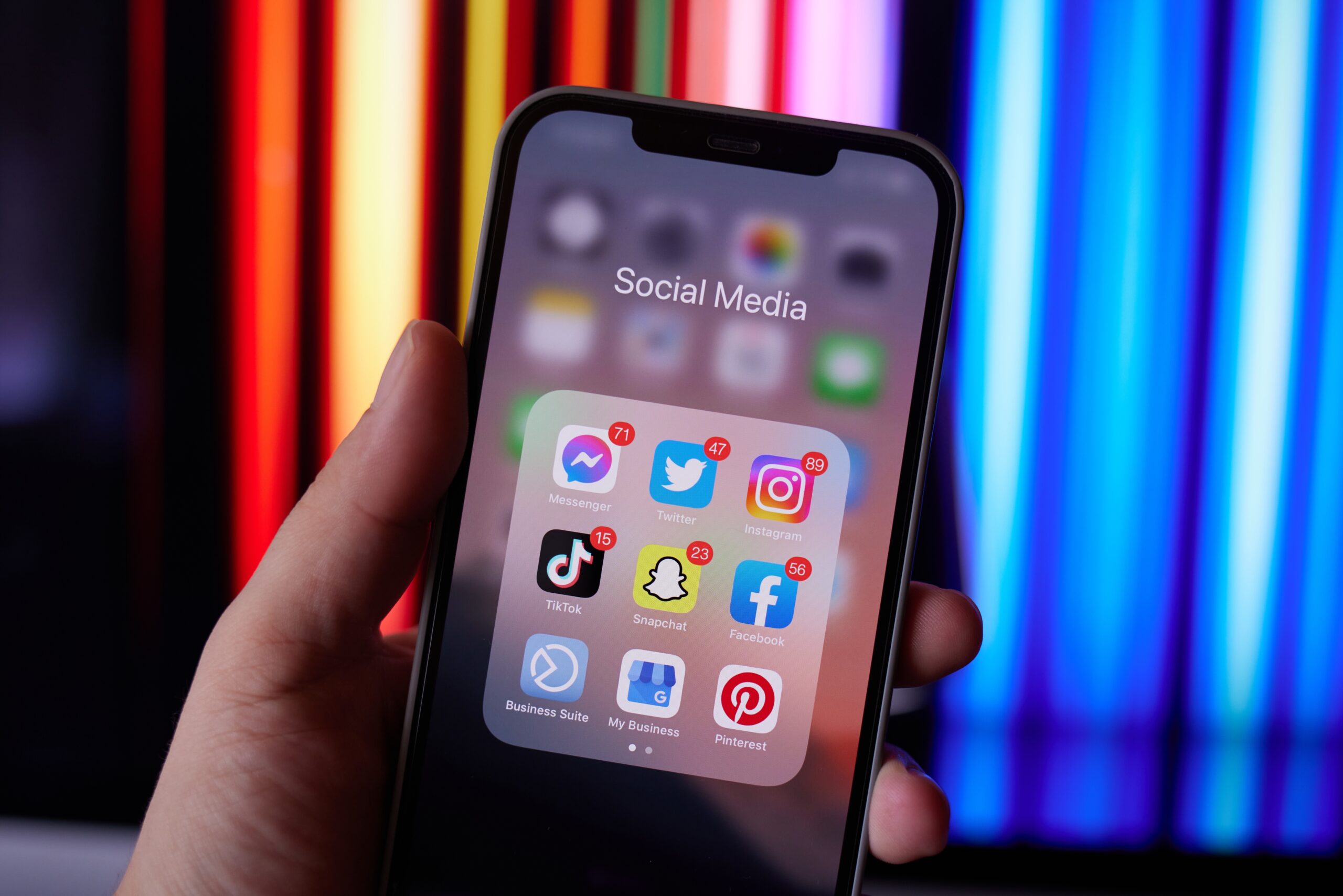10 Steps to Building a Successful Business and Personal Brand through Social Media

When you think of the term “building your brand”, what comes to mind?
Many people assume having and building a brand is only for big multinationals or corporations but that’s so not the case. Social media is a great way to build your brand, whether you’re an individual or you’re a small or medium enterprise.
To unpack this, it would be nice to understand what social media means — Social Media is a unit of Digital Marketing. It refers to the means of interactions among people in which they create, share, and/or exchange information and ideas in virtual communities and networks.
Why social media is important for brand building –
1. Reputation Management 2. Customer Service 3. Public Relations 4. Customer Acquisition 5. Customer Loyalty 6. Thought Leadership 7. Networking
The Ten (10) Most Essential Steps
- Identify the right platforms for your business

I am a big believer that it’s not necessary to be on every single social platform, especially if you’re just starting out. It’s important to know the right social platforms to participate in so you don’t waste your time and resources.
Questions you need to ask yourself:
– What platforms does your audience use the most?
– Where does your current traffic come from?
– What platforms do your competitors use?
Facebook is by far the best platform for promoting brand awareness, as nearly 25m Nigerians use the site. It’s a great platform for promoting virtually any brand, due to its very heterogeneous user base.
Twitter Brands use Twitter to reach and engage their audience using hashtags, media & links. Hashtags allow you to follow and participate in conversations. Also to reach who might be interested in your content.
LinkedIn is a stronger choice for promoting business-related content, job posting, announcements and connecting with other corporate influencers.
Instagram is a great option for brands that rely heavily on images, such as clothing companies and retailers. It’s also particularly effective for reaching young adults.
2. Claim Your Name
Just because you’re only going to be active on a few doesn’t mean you can’t setup profiles on others. By claiming your company name on the major social media platforms, you’re securing them in the event that you ever decide to use them later.
3. Develop Your Tone of Voice

Once you’ve identified the right platforms, you can then start to develop your voice.
Use the image below:

4. Come up with an editorial calendar

Now that we’ve nailed down the platforms you’ll use and the voice of your brand, you can start to come up with an editorial calendar.
Here are some questions to consider:
– How often will you post on each platform?
– What third-party content are you going to share?
– What type of content will you post? Consider the audience first.
– How can you be a thought leader in your industry?
– Who is in charge of finding the content?
– Scheduling tools?
5. Create eye-catching, share-worthy visuals
– CHOOSE A COLOR PALETTE: an example here is Coca-Cola. The brand uses its classic red and white color scheme across all social media channels. Just like Cadbury with purple.


– USE THE SAME LOGO/AVATAR ACROSS ALL PLATFORMS: you should try to use the same avatar for every social network. Keep it simple and consistent by using your logo.
– FILTER CAREFULLY: Whenever you share images on Instagram or other visual channels, keep your filters consistent. Whether that means using no filters at all or Mayfair, choose one or two and stick to it.

– CREATE TEMPLATES for any graphics you share on social media so you don’t have to reinvent the wheel every time you need a new graphic! Use Canva.com or Adobe Photoshop.

6. Be Consistent
A brand’s profile info and avatar on Facebook, Twitter, Instagram, your company blog and everywhere else it has a presence online should be unified and in line with the brand essence and style guide.
The color, language, posting routine and style.
7. Separate Your Business Profile From Your Personal One
Unless you are a celebrity brand that is selling your lifestyle, it is better to keep the two separate and keep the attention on your brand message.
8. Start to get noticed. connect with Influencers
You can start to get noticed by your target audience by using hashtags and following people your target audience would follow.
A good way to achieve faster results and amplify your social media branding efforts is to build relationships with influencers. Keep in mind that just having a lot of followers doesn’t qualify someone as an influencer.
They should also possess these traits: He/she must be authentic, be active and engaging with their audience on all/any social platform, be an authority figure and can get topics trending instead of following others.
9. Be Engaging

– Replying to tweets and commenting on Facebook and Instagram posts.
– Leave comments on your customer’s profiles
– Respond back to people’s replies on your own account
– Write genuine feedback to the people you admire and want to work with
10. Analyze Your Work

- Every month/quarter, analyze each of your social networks.
- Notice what types of posts got the most feedback and least feedback.
- Write down ideas of how you can improve or new things you want to try.
If you’re looking to dive deeper into your analytics, here are a few free tools you can use: RivalIQ.com, FanPageKarma.com, Facebook.com/Insights.
English
